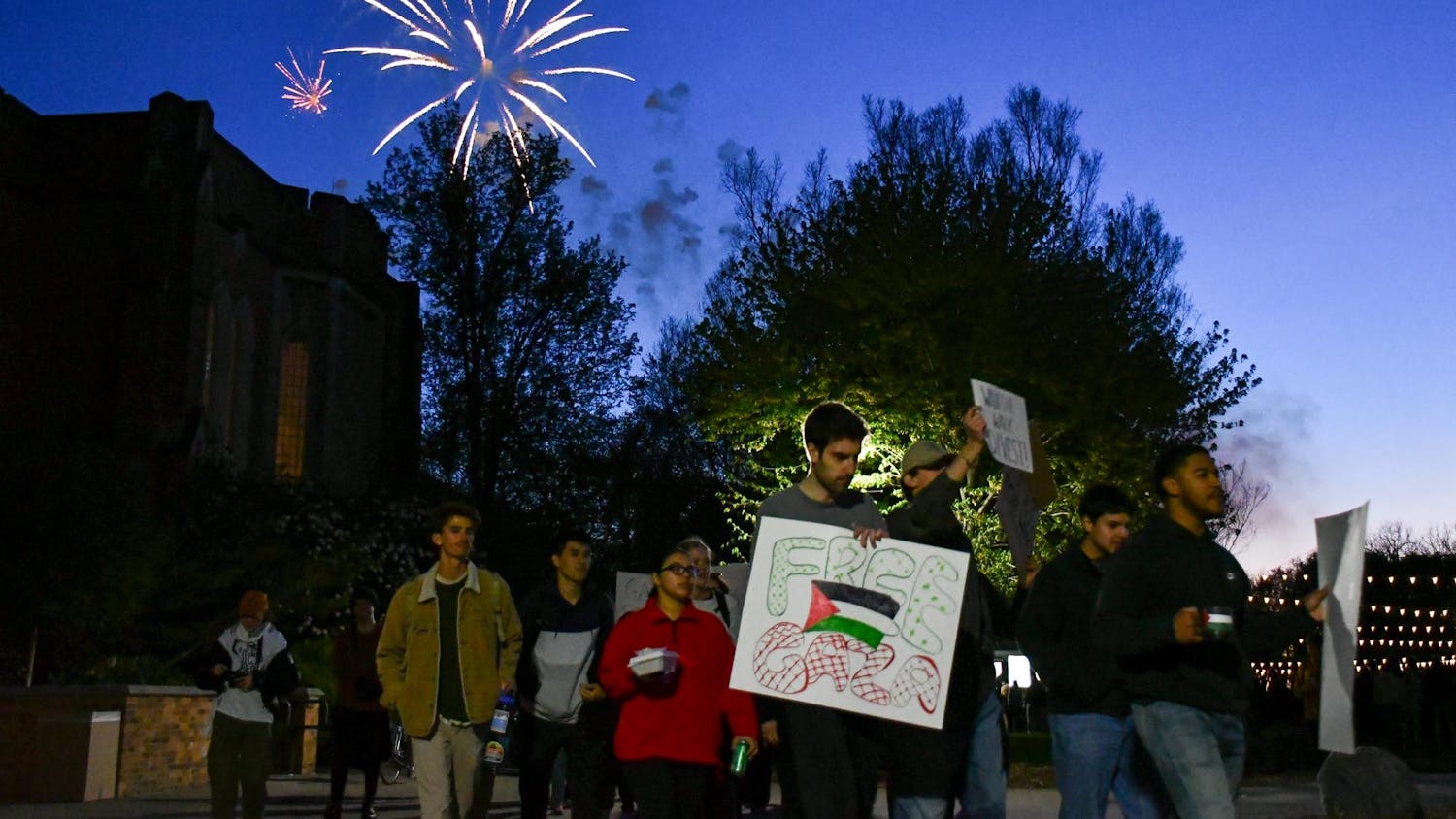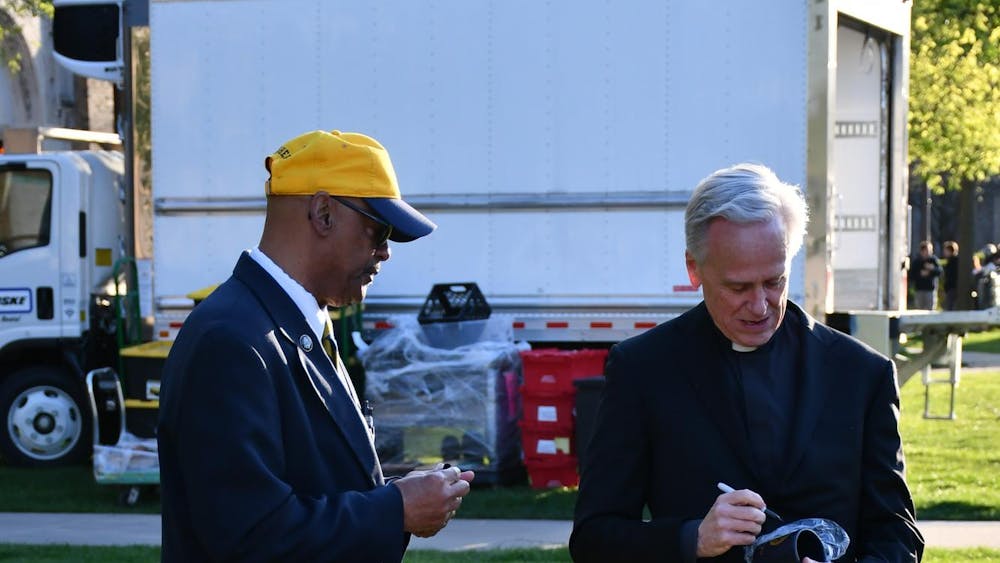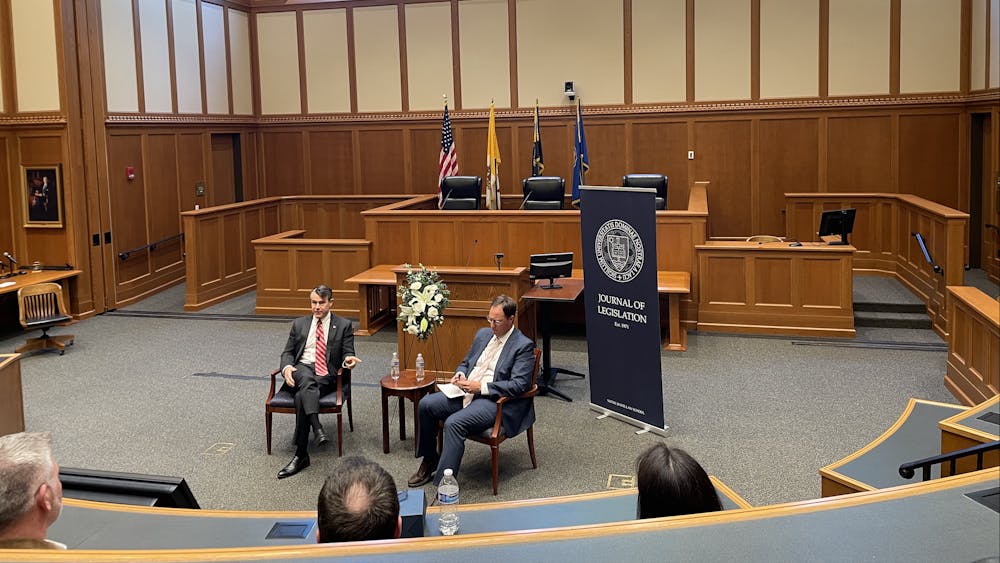When sophomore Caitlin Koscielski walked into her dorm last year, she said she was guaranteed to lose her cellphone call.
"If I was walking into Badin and talking on the phone, I would lose the call by the time I got to the fourth floor," she said. "But now I can continue up the stairs and into my room without losing it."

Koscielski's cellphone carrier is AT&T. Her coverage improved over past months after AT&T improved its service across Notre Dame.
AT&T representative Jennifer Thomas said the upgrade would improve coverage on highly-trafficked areas on campus.
"The upgrade on 19 nodes will enhance wireless coverage for students, faculty, staff and visitors on Notre Dame's campus, including at Notre Dame Stadium and at many other major buildings and attractions such as the Hammes Notre Dame Bookstore, Hesburgh Library, Joyce Center, Main Building and residence halls across campus," she said.
Thomas said antennas for AT&T are placed strategically around campus for the best possible coverage.
"The upgrade is expected to help improve call reliability and enable more consistent network access in many areas on campus to help customers make the most of their AT&T devices," she said.
Notre Dame's Chief Information Officer Ron Kraemer said the Office of Information Technology works with all of the cellular providers to improve their customer service at Notre Dame.

"One of the things to keep in mind is that our students, faculty and staff make individual consumer choices regarding their preferred cellphone provider, and we want all cell service to work well on campus," he said. "It is also important that whatever we do, it allows every provider to advance their service offerings."
Steve Ellis, director of Integrated Communication Services, said Notre Dame works with a company called NextG to improve coverage from major cellphone carriers such as AT&T, Verizon and Sprint.
"One of the things we are trying to do, going forward, is identify these places where we have more complaints than others," Ellis said. "We go in and survey them. We actually go in and measure them."
Ellis said NextG then receives feedback about these locations and problems with campus coverage. The company then works with individual carriers to improve coverage around the University.
"There are a number of buildings we know have poor coverage because of how they are constructed," he said. "One that is universally bad for all the carriers that I know is Bond Hall."
Ellis said his office is also reviewing coverage in all the dorms on campus and hopes to present complete information about their problem spots to NextG by the end of the year.
All carriers are "equally guilty" and struggle with coverage around campus, Ellis said, and Verizon plans to follow AT&T and improve its coverage over the summer.
Ellis said he receives feedback about campus coverage through the Office of Residence Life as well as from hall staff.
While her calls around campus generally improved, Koscielski said she would still like to see increased coverage in certain areas.
"Coverage in [Coleman Morse] is still bad," she said. "But it has been getting better."












